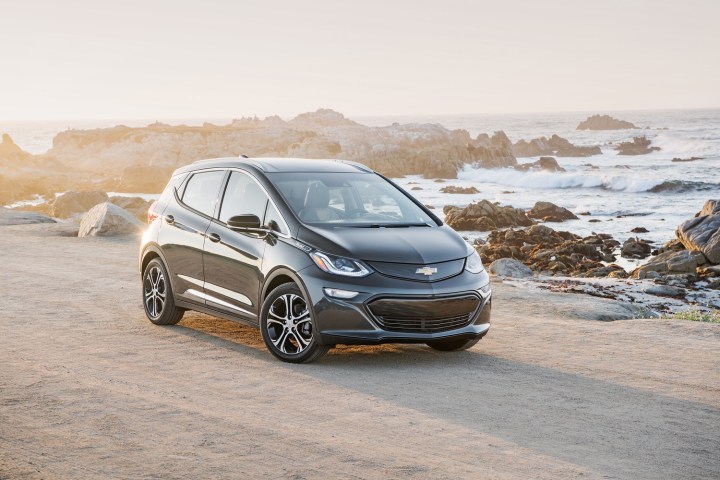
On Friday, General Motors announced that it has redoubled its efforts to produce its much anticipated electric cars in a Detroit-area factory, and renewed promises to begin delivering vehicles by the end of 2016.
If this is true, the Chevrolet EV will beat rival Tesla’s Model 3 to market — Elon Musk’s highly sought-after car is expected to launch in 2017. Should all go to plan, GM will become the first company to give consumers an electric vehicle with over 200 miles of driving range. Better still, the Bolt’s price tag makes it relatively accessible, with a starting price of less than $38,000 (and that’s before tax credits).
When compared to Tesla, GM has taken a more measured approach to launching a new kind of vehicle into the market. The car, which will have a 238-mile range, is described as by Reuters as “a compact, utilitarian hatchback with design features such as a thin front seat to increase rear-seat legroom, aimed at making the car attractive to drivers for ride-hailing services.” Tesla, on the other hand, has designed its Model 3 to closely resemble a luxury car.
And whereas 400,000 have already ordered a Tesla EV, the Chevy Bolt isn’t expected to sell quite like hotcakes. In fact, Stephanie Brinley, an auto industry analyst for IHS Markit, told the Associated Press that GM will probably sell fewer than 30,000 Bolts in its first year of availability. After all, there are only 235,000 electric cars currently driving about the United States. But all the same, because both GM and Tesla are making EVs readily accessible in the U.S., the future of the automotive industry in the U.S. ought to be as green as it is bright.
And as for the Chevy Bolt, Darin Gesse, the Bolt’s product manager, is extremely optimistic. “It becomes just a mainstream vehicle choice,” he told the Associated Press. So if you’re ready to start plugging in instead of filling up, the Bolt may be an available option sooner rather than later.
Editors' Recommendations
- Affordable is not enough. Here’s what Chevy’s new Bolt needs to nail
- Chevy will pay charging-station installation costs for 2022 Bolt EV buyers
- 2020 Chevrolet Bolt EV rated at 259 miles of range, outpacing most rivals


